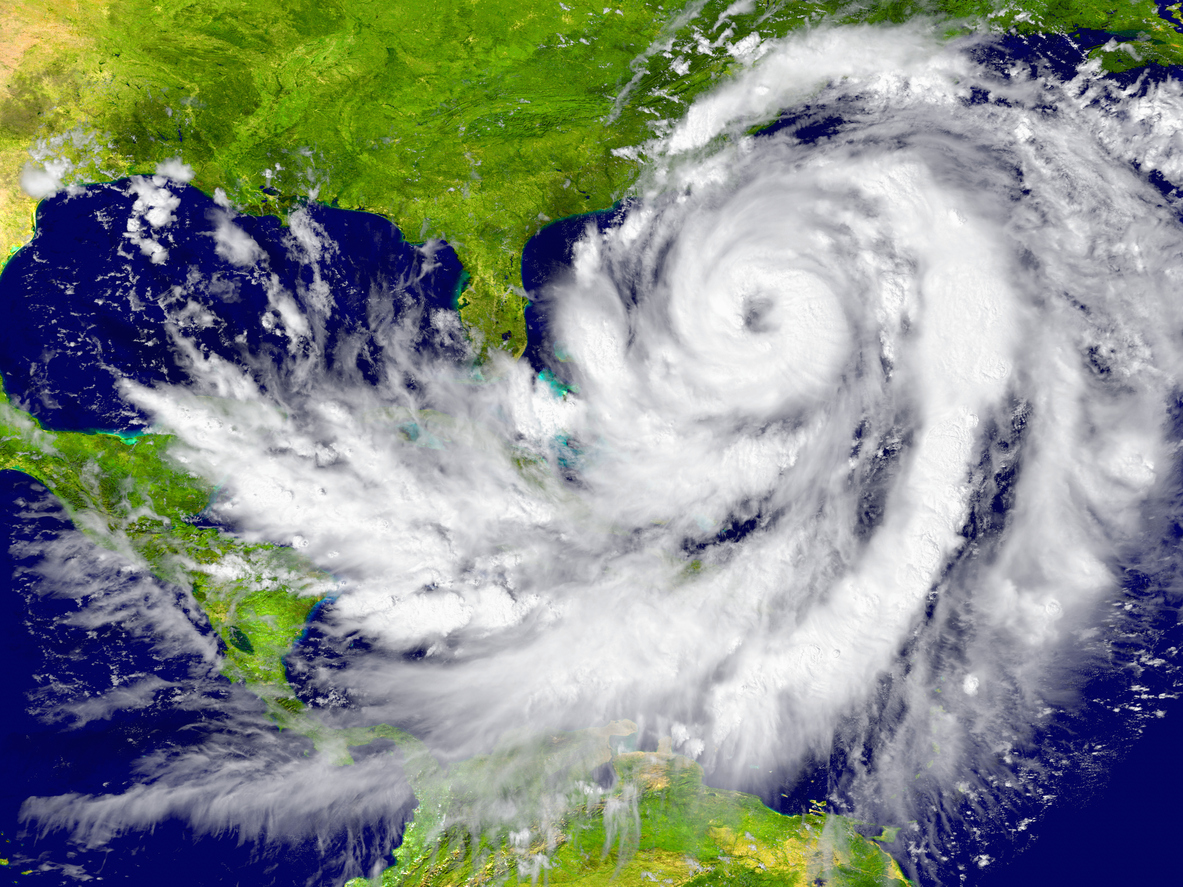The 2022 Atlantic hurricane season ended on Wednesday, following a historically quiet period that gave way to a destructive finale featuring some of the most catastrophic storms in recent years.
During the season, which lasted from June to November, the National Oceanic and Atmospheric Administration reported 14 named storms. Forecasters say this is an average amount for a typical season.
According to NOAA, there were 21 and 30 named storms during the 2021 and 2020 seasons, which were among the busiest on record.
A storm is usually named when its winds exceed 39 miles per hour.
According to NOAA, three hurricanes made landfall in US states or territories: Fiona in September, Ian in September and October, and Nicole in November.
Ian, a Category 4 storm that made landfall in Florida, caused damage that Gov. Ron DeSantis said would take years to repair. From Cuba to Florida and the Carolinas, the storm raged. Several people were killed.
Hurricanes can form in the Atlantic Ocean, the Caribbean Sea, and the Gulf of Mexico during the warmer months. People in the region are bracing for storms that can make landfall with little warning and cause billions of dollars in damage.
Forecasters said that while this season was not as active as previous ones, there were still several damaging storms.
“It was pretty bad for where the hurricanes made landfall, so it’s not really a better or worse season overall,” said Matthew Rosencrans of NOAA’s seasonal hurricane prediction team.
Mr. Rosencrans, the lead hurricane forecaster for NOAA’s climate prediction center, stated that this season was expected to be more active than usual but slowed in July and August. In a typical season, the majority of storms form after August 1.
He explained that the pause was caused in part by dry air over the Atlantic, which caused storms to dissipate. Storms require moisture to grow stronger.
“The lack of named storms and hurricanes during the month of August was not something predicted,” Mr. Rosencrans said, adding that the last quiet August had been decades.
Earlier this year, Mr. Rosencrans’ team predicted 14 to 21 named storms, up to 10 hurricanes, and up to six major hurricanes. This season’s total number of storms fell short of NOAA’s predictions.
According to NOAA, eight of the 14 named storms became hurricanes, and two, Ian and Fiona, intensified to major hurricanes. A hurricane is declared when winds exceed 74 miles per hour, and a major hurricane when














